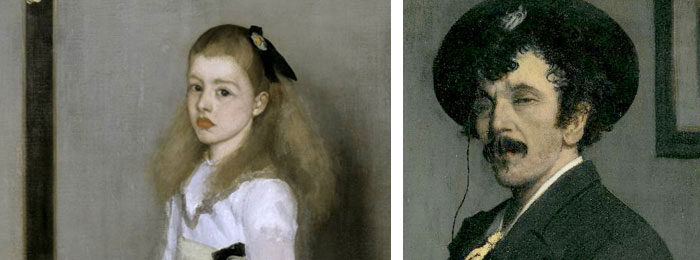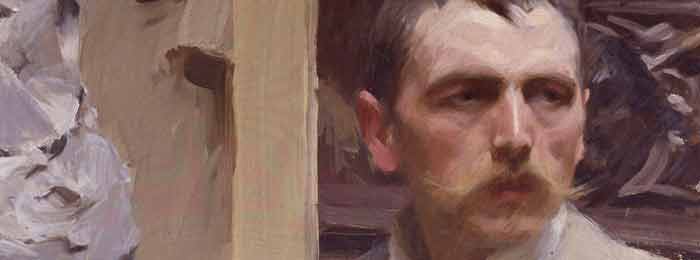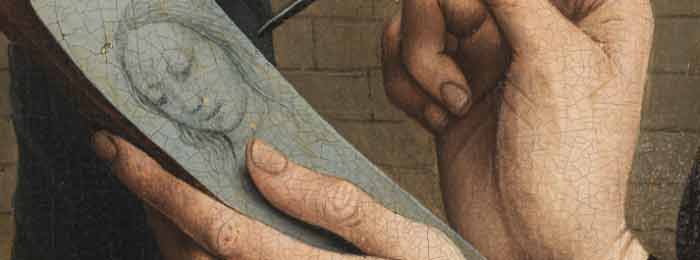On 9 Aug, 2015 With
Whistler’s Oil Painting Technique Whistler’s approach to portraiture in his late maturity was described by one of his sitters, Arthur J. Eddy, who posed for the artist in 1894: “He worked with great rapidity and long hours, but he used his colours thin and covered the canvas with innumerable coats of paint. The colours increased in depth and intensity as the work progressed. At first the entire figure was painted in greyish-brown tones, with very little flesh colour, the whole blending perfectly with the greyish-brown of the prepared canvas; then the entire background would be intensified a little; then the figure made a little stronger; then the background, and so on from day to day and week to week, and…
Read More
On 27 Jun, 2015 With
Palettes of Famous Artists. Zorn Palette Swedish painter Anders Zorn (1860-1920) has long been associated with a limited palette of four colors. Rosemary Hoffman, in the book Northern Light: Nordic Art at the Turn of the Century wrote, “Zorn was noted for executing paintings using a sober color scale limited to white, ochre, vermilion, and ivory black.” Hans Henrik Brummer, writing in the 1986 catalog on Zorn, said “basically his register was limited to black, white, earth yellows and vermilion; other pigments could be used if local accents were needed.” Several art teachers, such as Jeff Watts, use the “Zorn palette” (sometimes substituting cadmium red light for vermilion) as a teaching tool because it provides students with a finite range of color choices with a…
Read More
On 30 Sep, 2012 With
Portrait and Figure Palette White. Cadmium. Chinese Vermilion. Orange Cadmium. Light Red. Yellow Ochre. Rose Madder. Transparent Gold Ochre. Raw Umber. Cobalt. Blue Black. Terre Verte. PREVIOUS PART NEXT PART
Read More




